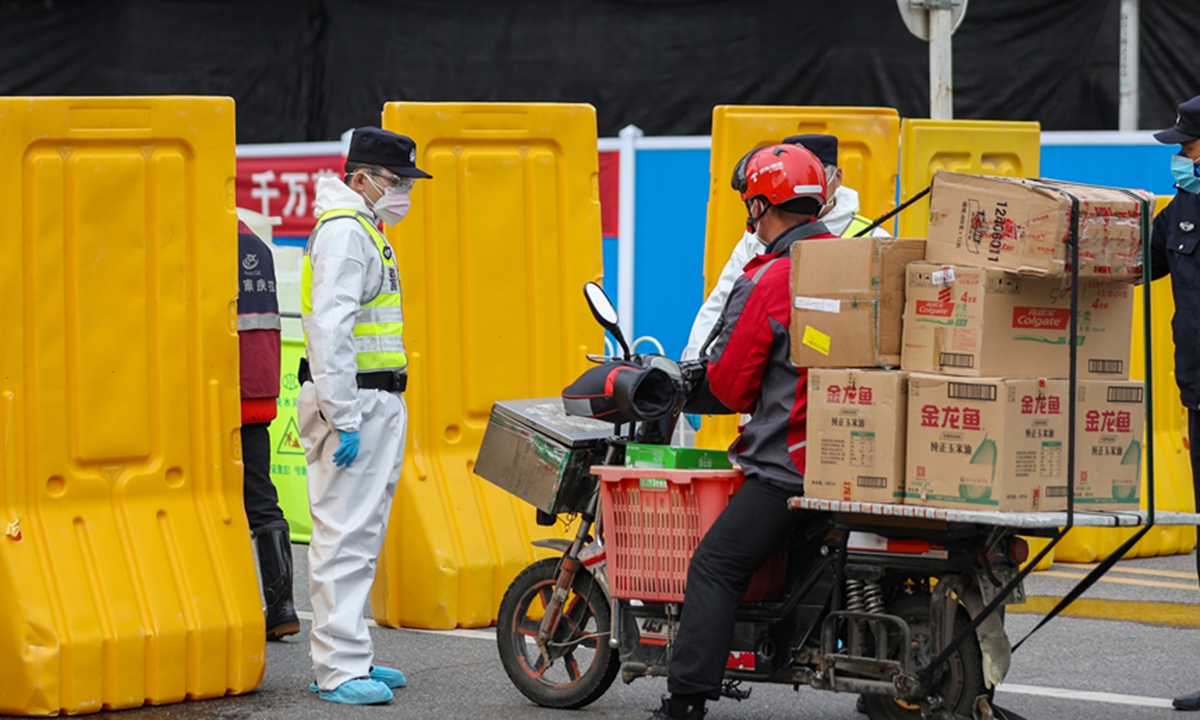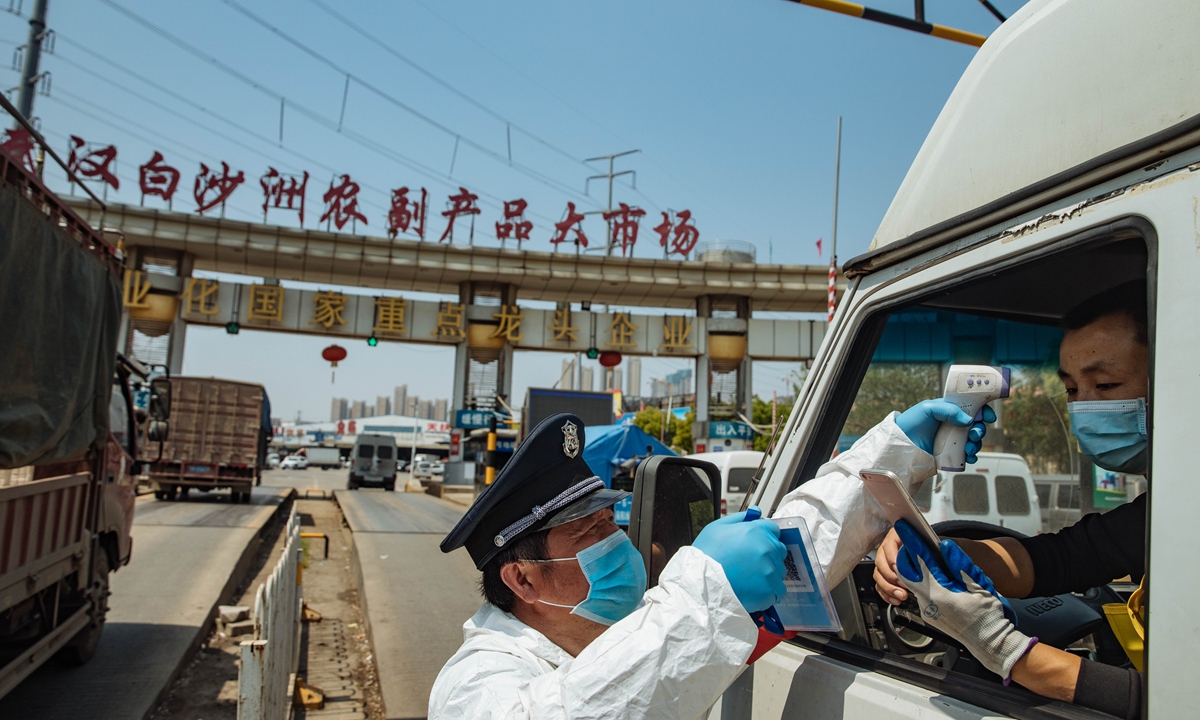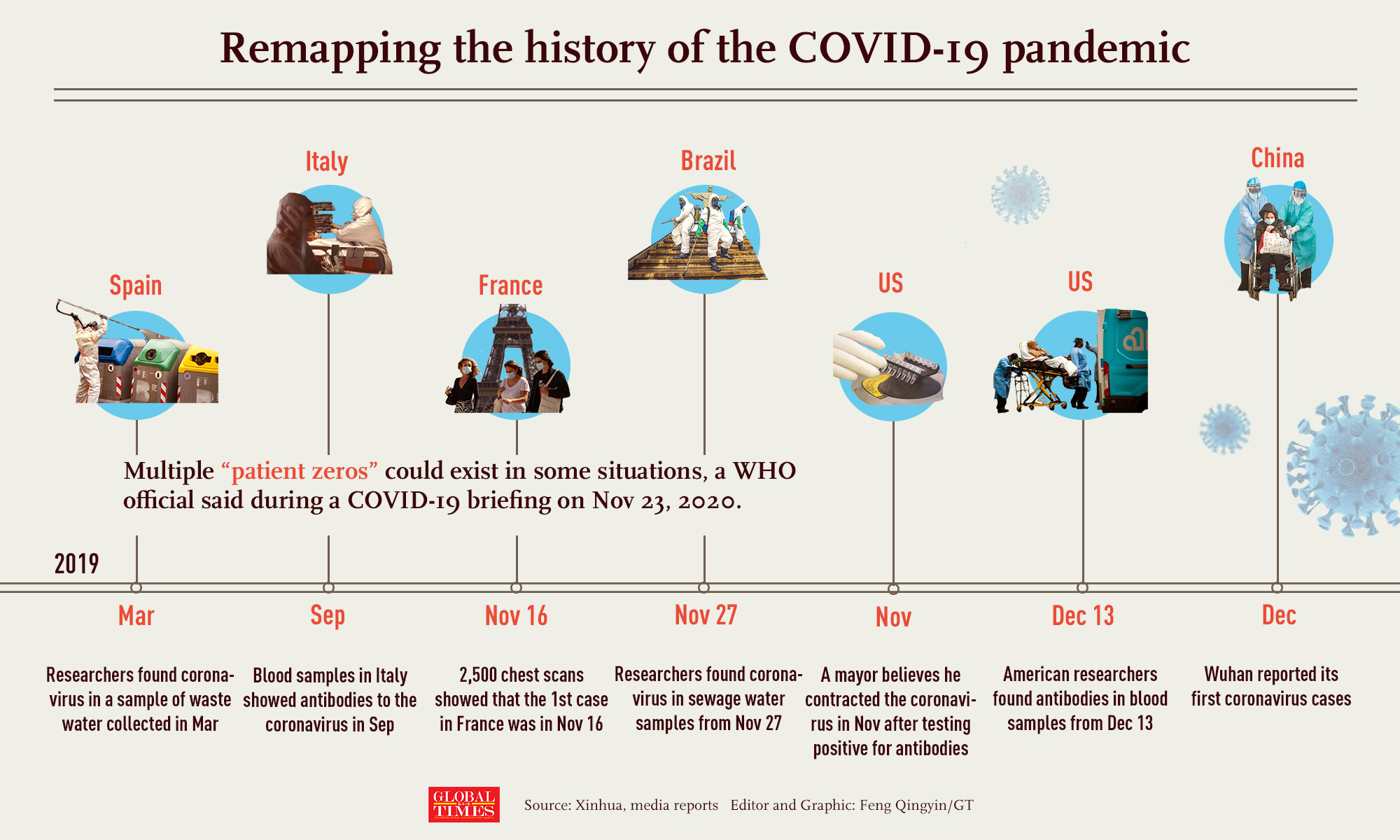The central Chinese city of Wuhan grabbed global attention almost a year ago after cases of a mysterious virus were reported. Later, as COVID-19 cases were also spotted in other parts of the world, with some countries suffering from the relentless onslaught of COVID-19, some Western politicians and media sought to shift the narrative from their own shortcomings by targeting and accusing Wuhan as being “where the coronavirus began.”
Our understanding of the new virus has deepened over the past few months, and as the mounting sporadic outbreaks in China were found to be related to imported cold-chain products, with other parts of the world, including Europe and the American continent, reportedly discovering signs of the coronavirus earlier than Wuhan, it begs a new hypothesis: did the early outbreak in Wuhan originate from imported frozen food?
To dig deeper, Global Times reporters visited Wuhan and talked with merchants from the Huanan Seafood Wholesale Market, where the earliest cluster infections in the country were reported, as well as prominent virologists and epidemiologists. Although it might be too early to jump to conclusions, the possibility that the coronavirus was passed on from cold-chain products into Wuhan, or more specifically, to the Huanan wet market, where the sale of frozen products was once prevalent, cannot be ruled out. Yet more evidence is needed, and scientists worldwide are urged to join hands to further research this hypothesis and pinpoint the origin of the virus. This is the second investigative story the Global Times has conducted as the year draws to a close. The first was an in-depth depiction of the strict measures China has enforced to prevent new risks from cold-chain food imports.

For months now, the mounting flare-ups of COVID-19 in China have been tied to imported frozen products and even shipping containers as Western countries face the onslaught of a new wave of outbreaks as winter comes to the Northern Hemisphere. The repeated pattern of outbreaks in China has triggered a new possibility: was the outbreak in Wuhan’s Huanan wet market, where the earliest cluster infections in the country were reported, also caused by imported cold-chain products?
Global Times reporters have conducted a series of investigations in Wuhan and talked with merchants who used to work at the now-closed Huanan wet market, finding that the consumption and sale of imported frozen products were prevalent in this central Chinese city. The repeated infections caused by imported cold-chain products and reports about how signs of coronavirus were found in other parts of the world propelled virologists to think if Wuhan was also the victim of such a transmission route.
Yet those scientists believe that more evidence is needed to further verify this hypothesis, and that scientists around the world should work together to solve the puzzle, rather than being deterred by certain political pressures.



